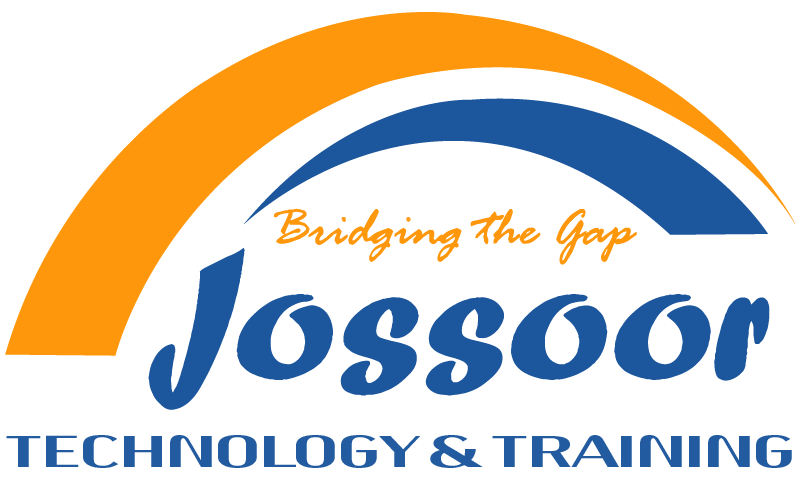Training Toolkits Design
The preparation of training packages is a crucial process in designing any training program, as it determines how knowledge and skills will be delivered to trainees. This article outlines the essential steps and methodologies for preparing training packages effectively and productively.

Phase 1: Analyzing Training Needs
The first step in preparing any training package is to analyze training needs. This involves identifying the knowledge or skill gaps among trainees and defining the training objectives that address these needs. Training needs analysis can be conducted through surveys, interviews, or workshops with stakeholders to ensure all necessary aspects are covered.
Phase 2: Designing the Training Program
After identifying training needs, the next step is designing the training program. This includes setting educational objectives, determining the training content, and selecting appropriate methods and activities. This stage requires a balance between theoretical and practical components to ensure interaction and a deep understanding of the topics discussed.
Phase 3: Developing Training Materials
This phase is the core of the process, where all necessary training materials are prepared, such as presentations, handouts, educational videos, and assessments. These materials should be designed to capture the attention of trainees and encourage critical thinking and the practical application of knowledge.
Phase 4: Implementing the Training Program
Implementation is the true test of a training package’s effectiveness. Trainers must be prepared to adapt to varying circumstances and manage interactions among trainees in a way that enhances learning. It is also essential to ensure all resources required for the training process are readily available.
Phase 5: Evaluation and Follow-Up
After implementing the training program, evaluation is necessary to measure its effectiveness. Various evaluation methods, such as direct assessments, self-evaluations, and performance reviews, can be used. Evaluation helps identify the strengths and weaknesses of the training program and provides the insights needed to improve future training sessions.
Preparing training packages requires a deep understanding of the educational process and skill in designing and implementing training programs. By following the outlined methodology and continually adapting to changes and developments in the training field, desired outcomes can be achieved, ensuring a rich and beneficial learning experience for trainees.
